Consciousness is one of humanity’s deepest mysteries. Despite centuries of scientific and philosophical inquiry, we still struggle to explain what it truly is—or why it exists at all. Are we simply complex biological machines, or is there something more? Consciousness sits at the heart of some of our biggest questions: the nature of reality, the mind-body problem, and even the meaning of existence. Because of its central role in our lives and our understanding of the universe, countless theories have emerged—each offering a unique, often mind-bending perspective.
1. Dualism

Dualism, most famously championed by René Descartes, posits that the mind and body are fundamentally distinct substances. According to Descartes, the mind is a non-physical entity responsible for thoughts and consciousness, while the body is purely physical. This sharp separation has sparked centuries of philosophical debate, especially between dualists and materialists, who believe everything—including consciousness—can be explained physically. Despite scientific advances, dualist ideas persist in popular culture, influencing how many people intuitively think about the self and the soul. Learn more at the Stanford Encyclopedia of Philosophy.
2. Materialism

Materialism argues that consciousness is entirely a product of physical processes in the brain. Every thought, feeling, or sensation is ultimately reducible to neural activity and chemical reactions. This view stands in clear contrast to dualism, insisting there is no need for a separate, non-physical mind. Neuroscience has rapidly advanced materialist perspectives, linking specific brain regions and networks to conscious experience. For more on the neuroscience behind consciousness, visit Live Science.
3. Panpsychism
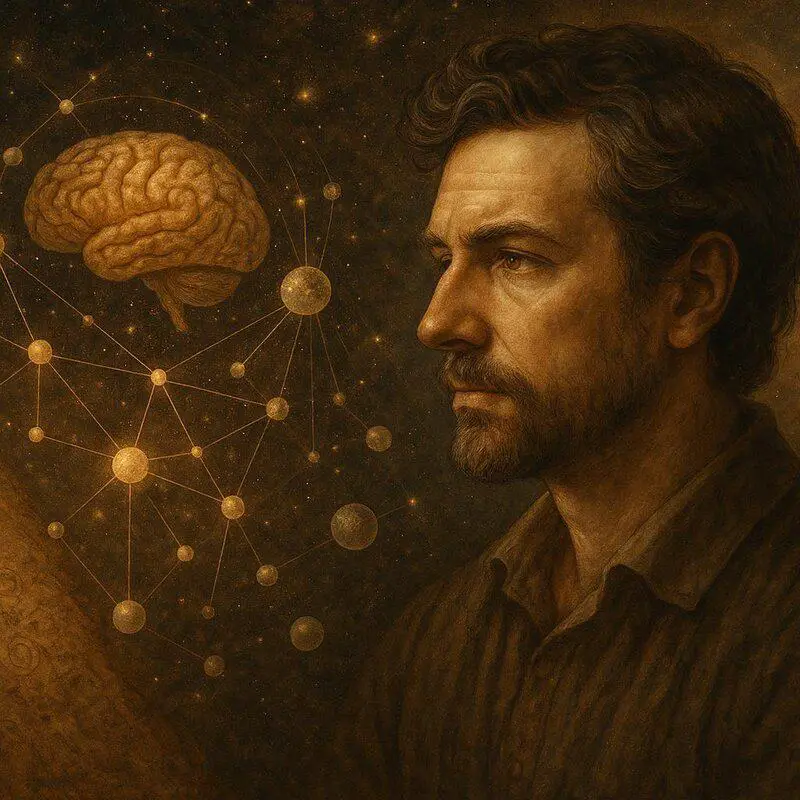
Panpsychism is the radical idea that consciousness is a fundamental property of all matter—not just living brains. Philosophers like Philip Goff argue that even the tiniest particles possess some form of subjective experience. This theory blurs the lines between mind and matter, echoing ancient animistic beliefs while offering a modern alternative to strict physicalism. While controversial, panpsychism is gaining traction as thinkers seek new ways to explain consciousness’s stubborn mysteries.
4. Integrated Information Theory (IIT)

Integrated Information Theory (IIT), developed by Giulio Tononi, suggests that consciousness arises from a system’s ability to integrate information in a unified whole. IIT assigns a mathematical value, called phi (Φ), to measure how much information a system integrates. The higher the phi, the greater the consciousness. This framework doesn’t just apply to brains—it opens fascinating questions about the potential for consciousness in artificial intelligence and complex networks. Learn more in Nature Reviews Neuroscience.
5. Global Workspace Theory

The Global Workspace Theory, proposed by Bernard Baars, envisions consciousness as a kind of mental stage. Information enters a “global workspace,” where it’s broadcast to various unconscious cognitive processes—much like a spotlight illuminating actors in a theater. Only the most important information makes it into conscious awareness, while the rest remains backstage in the mind. This influential metaphor has shaped how researchers investigate attention, memory, and the boundaries between conscious and unconscious thought. Explore more at Frontiers in Psychology.
6. Orchestrated Objective Reduction (Orch-OR)

The Orchestrated Objective Reduction (Orch-OR) theory, developed by physicist Roger Penrose and anesthesiologist Stuart Hameroff, proposes that consciousness arises from quantum processes inside microtubules—tiny structures within neurons. According to this hypothesis, these quantum events are orchestrated, leading to the emergence of conscious experience. Orch-OR bridges neuroscience and quantum physics, but it’s also highly controversial, sparking intense debate about the plausibility of quantum biology in the brain. For a deeper dive, see PBS.
7. Emergentism
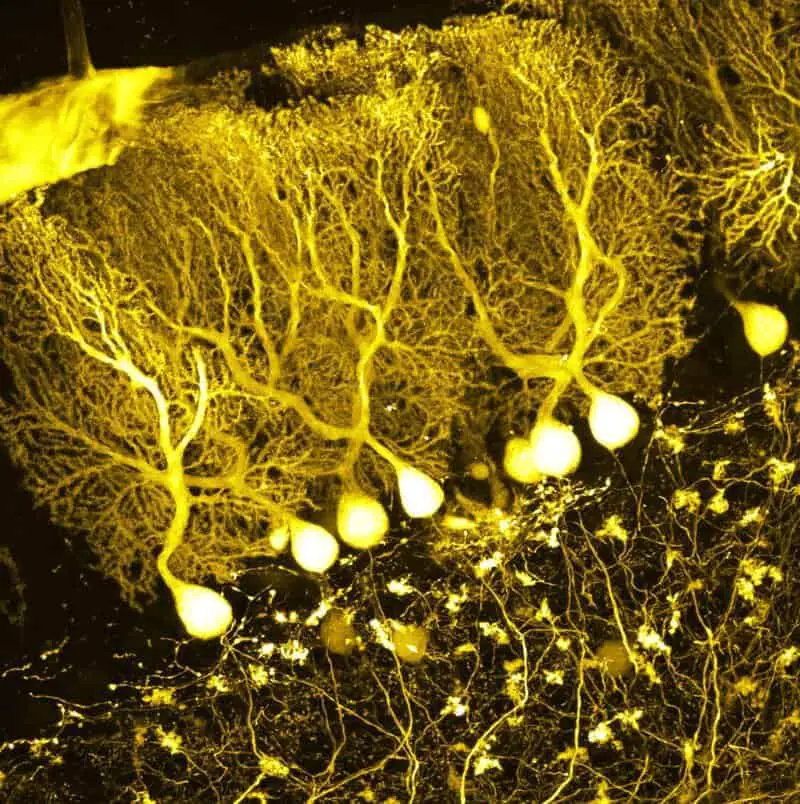
Emergentism holds that consciousness is not found in individual neurons, but emerges from the intricate interactions among countless brain cells—much like wetness arises from water molecules. This perspective is central to many modern neuroscience models, emphasizing that new properties can arise from complexity itself. Emergentism bridges simple physical processes and higher-order experiences, offering a practical framework for studying consciousness in biological systems. Read more at Psychology Today.
8. Higher-Order Thought Theory

The Higher-Order Thought Theory suggests that consciousness emerges when the brain is able to form thoughts about its own thoughts—essentially, when we become aware of our mental states. This “meta-cognition” is what separates conscious experience from purely unconscious processing. By explaining how awareness can arise from layers of self-reflection, this theory sheds light on the difference between automatic actions and those we can describe or control. Discover more at Aeon.
9. The Hard Problem of Consciousness

Philosopher David Chalmers famously distinguished between the “easy” problems of consciousness—like explaining behavior—and the hard problem: why and how do subjective experiences, or qualia, arise from physical brain activity? This central question remains deeply puzzling. Despite advances in neuroscience, no theory fully explains why neural processes should produce the rich inner world we experience. The hard problem drives much of today’s consciousness research and philosophical debate. Read more at The Guardian.
10. Biological Naturalism
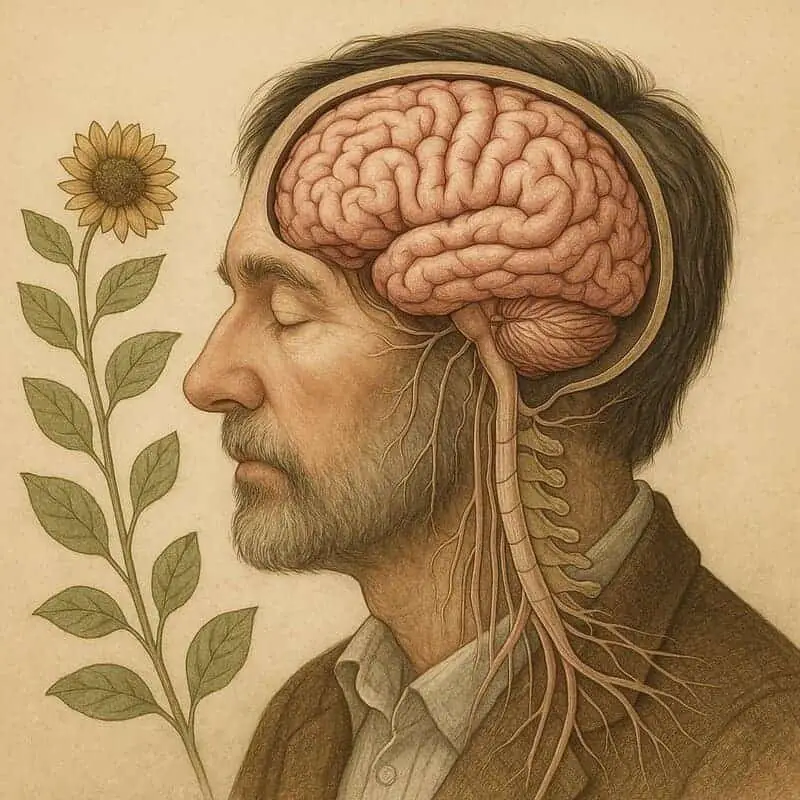
Biological Naturalism, championed by philosopher John Searle, claims that consciousness is a real biological phenomenon—produced by brain processes, yet not reducible to them. Unlike strict materialism, Searle’s view holds that subjective experience is uniquely tied to living, biological systems, making consciousness more than just a sum of neural parts. This approach bridges the gap between physical explanations and the undeniable reality of inner experience. Learn more at the Stanford Encyclopedia of Philosophy.
11. The Simulation Hypothesis
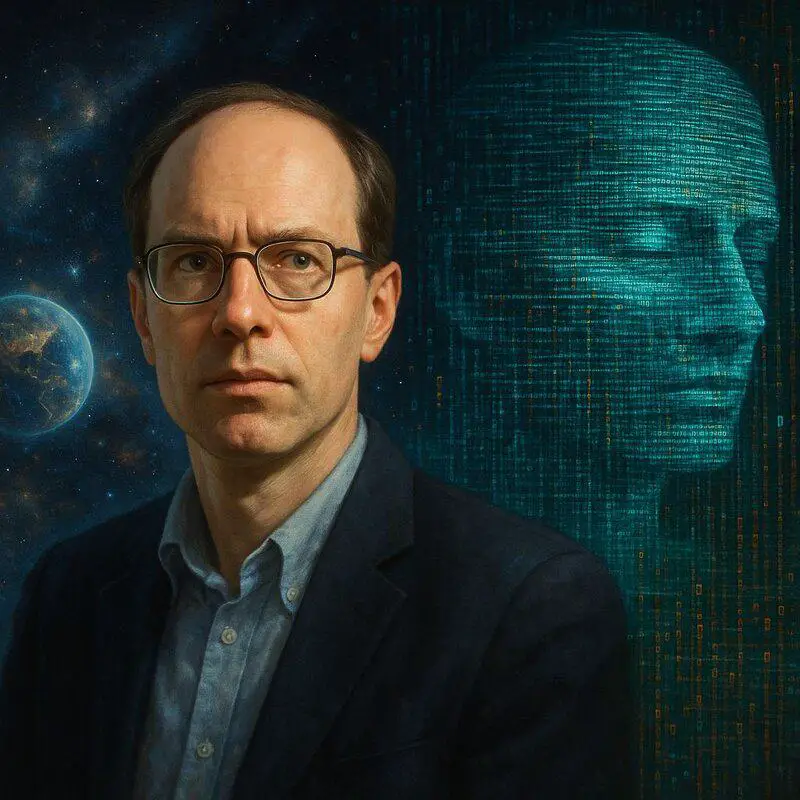
The Simulation Hypothesis, popularized by philosopher Nick Bostrom, entertains the provocative idea that our universe—and our consciousness—might be part of a vast computer simulation. If true, what we perceive as reality could be an elaborate digital construct, raising profound questions about the nature of perception, free will, and existence itself. This theory has sparked both scientific curiosity and pop culture fascination, blurring the boundaries between philosophy, science, and science fiction. Read more at BBC.
12. Eliminative Materialism
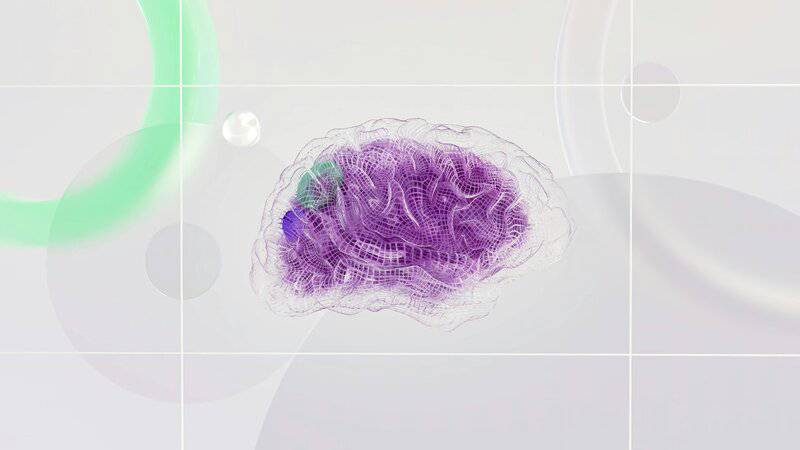
Eliminative Materialism puts forth a radical challenge: as neuroscience advances, our familiar concepts of beliefs, desires, and even consciousness itself might be discarded as outdated “folk psychology.” Philosophers Paul and Patricia Churchland argue that future science could replace these everyday notions with precise neurological explanations, fundamentally reshaping how we understand the mind. This controversial view forces us to consider just how much of our mental life might be an illusion. Explore more at the Stanford Encyclopedia of Philosophy.
13. Quantum Consciousness

Quantum Consciousness refers to a range of theories that suggest quantum phenomena—such as superposition or entanglement—might play a crucial role in generating consciousness. Unlike conventional neuroscience, which focuses on classical brain processes, these theories propose that the mind’s mysteries could be unlocked by quantum mechanics. This notion remains highly speculative and controversial, with scientists divided over whether quantum effects are even relevant at the scale of the brain. Learn more at New Scientist.
14. Enactivism
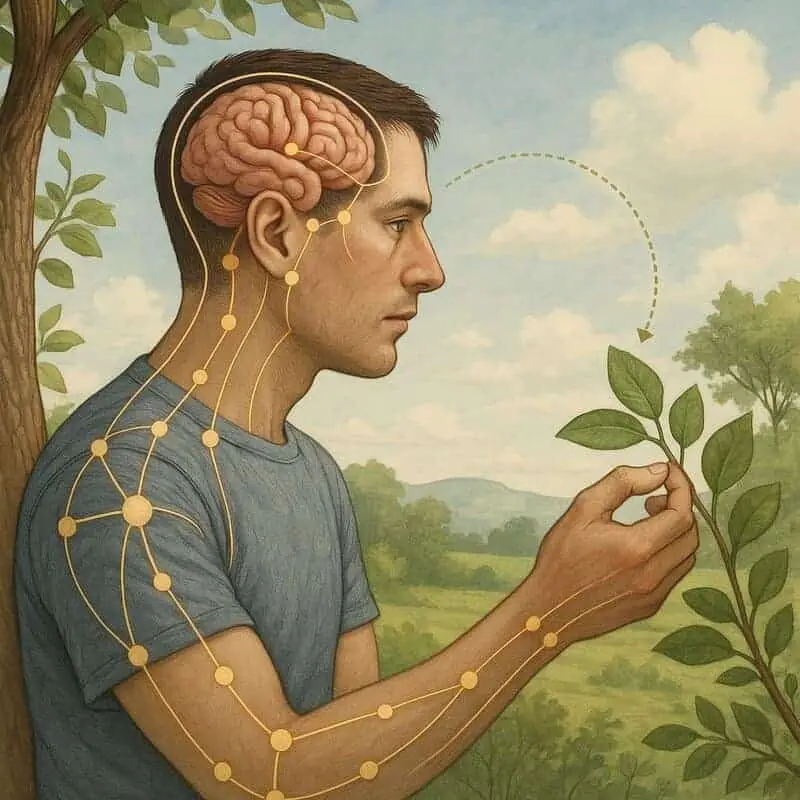
Enactivism offers a fresh take by proposing that consciousness is not just something happening inside the brain, but emerges through an organism’s active interaction with its environment. Rather than viewing perception as passive and internal, enactivism emphasizes the flow between sensory input, bodily movement, and the world. This approach blurs distinctions between mind, body, and surroundings, and highlights how perception and action are inseparable in shaping conscious experience. Discover more at the Stanford Encyclopedia of Philosophy.
15. Consciousness as a Social Construct

Some theorists argue that consciousness—or at least our understanding of it—is not just a biological or physical phenomenon, but a social construct. According to this view, language, culture, and social interaction shape how we think about consciousness, even influencing what we notice or report about our own minds. This perspective highlights the powerful role of collective understanding and shared narratives in defining the boundaries of conscious experience. Read more at Psychology Today.
Conclusion
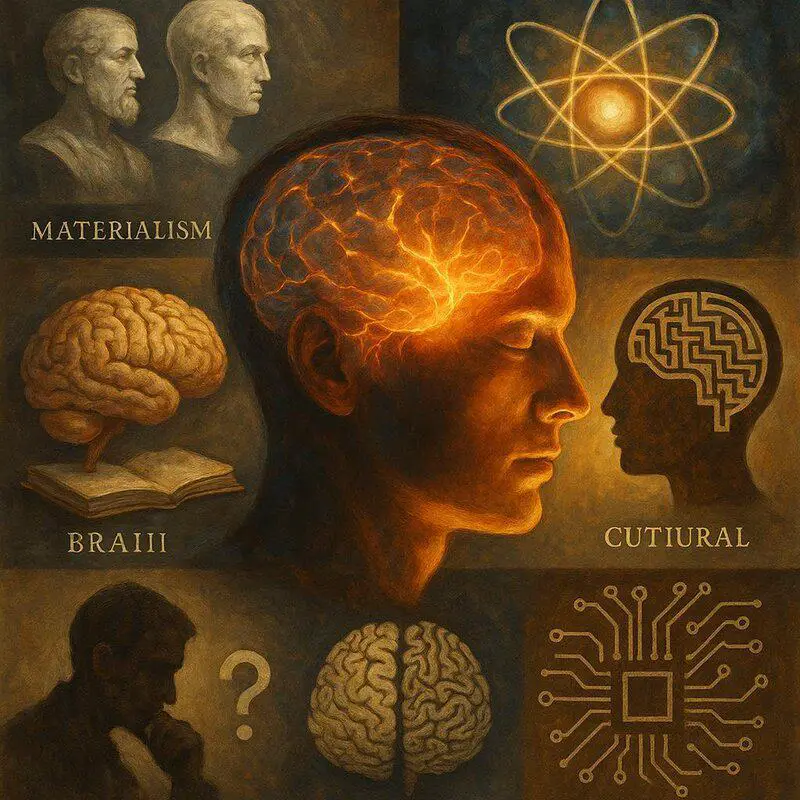
The sheer diversity of consciousness theories—from dualism and materialism to quantum mysteries and cultural constructs—reveals just how elusive and profound this topic remains. Each perspective sheds new light on what it means to be aware, shaping debates in philosophy, neuroscience, and even technology. As we continue to explore the mind’s deepest secrets, one thing is clear: understanding consciousness will reshape our view of reality itself. Stay curious, question boldly, and join the ongoing journey to unravel the mysteries of the mind.
.article-content-img img { width: 100% }

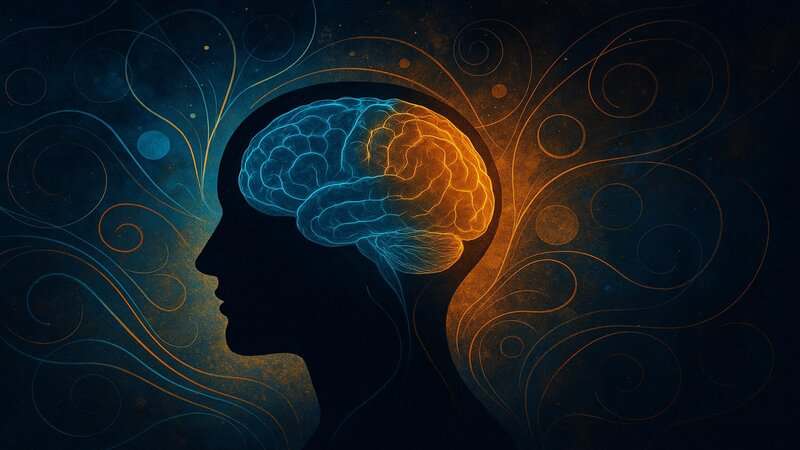

Vielleicht interessiert es Sie:
Wussten Sie! Minensuchratten auf dem Schlachtfeld und sie sind super effektiv!
Wie viele Giraffenarten gibt es? Leben sie alle in Afrika?
Der Vogel ist das Weibchen der Vögel: wahr oder falsch?
Warum bauen Biber Dämme? Welchen Nutzen?
Warum leben manche Tiere nachtaktiv? Welche Vorteile?
Küssen Tiere? Ist das die gleiche Bedeutung wie Menschen?
200+ Hilarious Seahorse Jokes That Will Make You Smile and Giggle
200+ Funny Investment Jokes to Boost Your Financial Humor Game